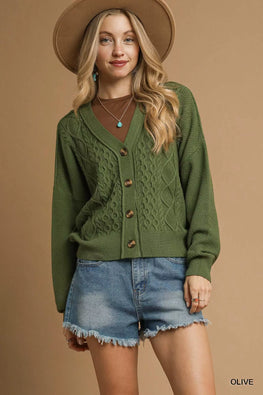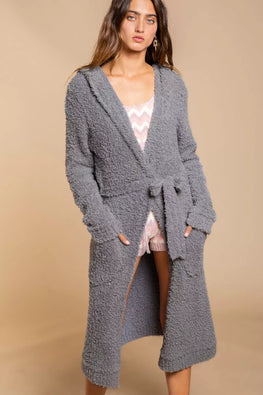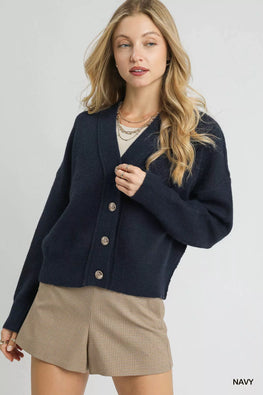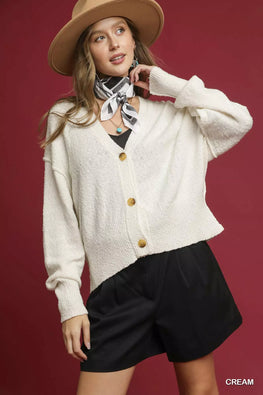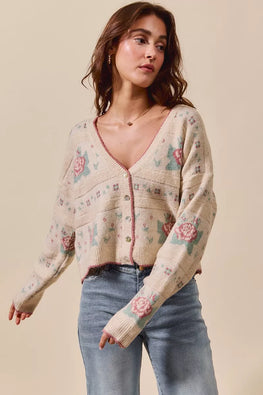Compare Past vs Present Fashion Trends and Their Impact

Fashion, like history, is cyclical. The things we wear often take inspiration from previous generations, while simultaneously striving for innovation and uniqueness. In this exploration, we delve into the dynamic world of fashion trends from the past compared to those defining the present—and consider the ripple effects they have had on society, individuals, and the industry as a whole.
The Evolution of Fashion Through the Decades
Fashion in the 20th century through to today has seen remarkable transformations. The 1950s, for instance, were characterized by elegant silhouettes, pencil skirts, and an emphasis on a prim and proper style. As the decades rolled on, the rebellious 70s introduced bell bottoms and boho-chic styles, creating a stark contrast to the polished looks of the 50s.
In contrast, today's fashion tends to be about blending comfort with style, as seen in products like the RISEN Full Size High Rise Tummy Control Straight Jeans. These jeans offer a contemporary take on classic denim that caters to modern demands for both aesthetic appeal and comfort—a testament to fashion's evolution towards more personalized, individualistic styles.
The Modern Revival of Past Trends
Interestingly, many contemporary fashion icons and brands have revived past trends, adapting them for today's fashion landscape. Maxi dresses, once the staple of the '70s, have made a significant comeback in modern wardrobes. The Culture Code Full Size Smocked Cami Maxi Dress with Pockets is a perfect example, pairing the timeless maxi silhouette with practical elements like added pockets, which caters to today's consumer desire for functionality.
Similarly, the resurgence of wide-leg and straight-leg jeans, such as the Judy Blue Full Size Distressed High Waist Wide Leg Jeans, reflects a nostalgic nod to the relaxed, free-spirited fashion ethos of past decades. These trends not only connect us with history but also offer a fresh approach to fashion that balances retro charm with contemporary flair.
Impact on Lifestyle and Society
The cyclical nature of fashion impacts more than just what we wear. It reflects and influences societal values, economic conditions, and social movements. The current embrace of sustainable fashion and ethically made garments may draw from past practices of durability and conservation but incorporates modern innovations and responsibilities.
Moreover, fashion's perennial evolution underscores the significance of self-expression and individuality, seen in the vast array of styles offered today. Categories like the Maxi Dresses Collection and Jeans Collection provide today's consumers with opportunities to carve out their own unique style narratives, drawing from both past influences and present aspirations.
Conclusion
The interplay between past and present fashion trends continues to shape our wardrobes and attitudes toward style. From iconic silhouettes to modern innovations, the journey of fashion is one of reinvention and homage to history. As we witness the continued transformation, one can only anticipate the exciting directions future fashion will take.
Explore more innovative and trendsetting styles at Top Fashion HQ.
